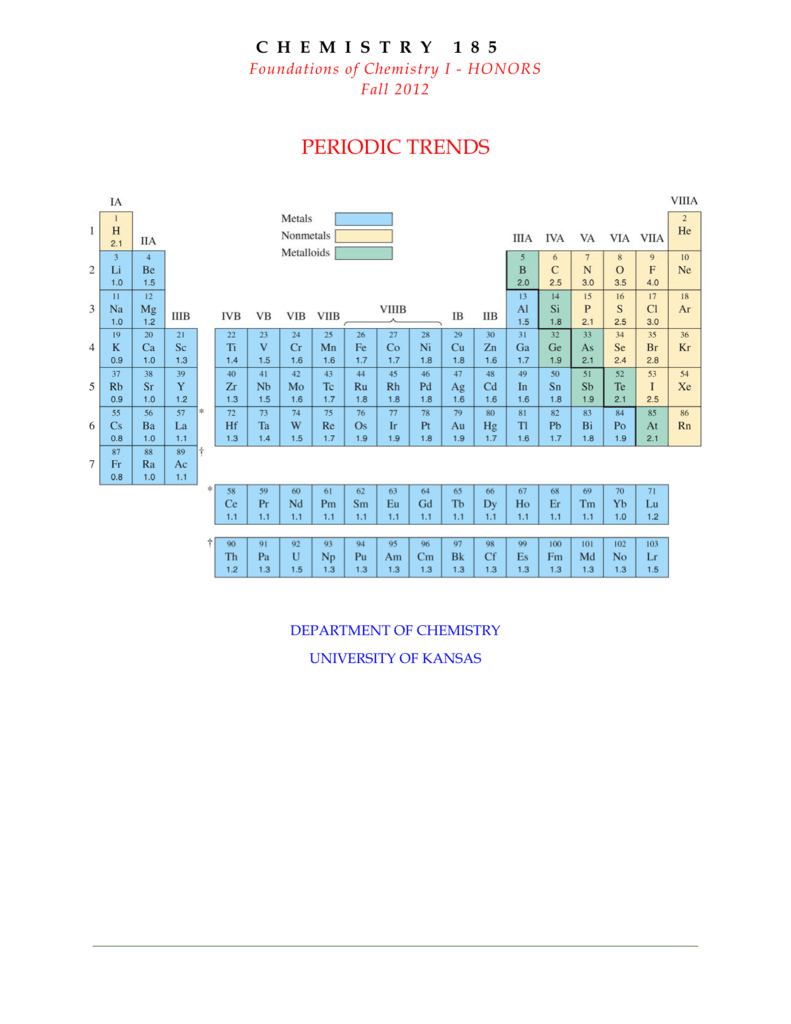

R E A C T I V I T Y MOST REACTIVE METAL LEAST REACTIVE METAL Potassium (K) Sodium (Na) Calcium (Ca) Magnesium (Mg) Zinc (Zn) Iron (Fe) Lead (Pb) (Hydrogen) Copper (Cu) Silver (Ag) P lease S end C ats M onkeys Z ebras I nto L ovely H appy C ages S oon Non-metal Reactivity Series Metals I II III IV V VI VII O 11 Fe 26 Cu Zn 30 29 Ag 47 Na 11 Mg 12 K 19 Ca 20 Pb 82 H 1 METALS CHEMICAL PROPERTIES PHYSICAL PROPERTIES have REACTIVITY OF METALS includes REACTIVITY SERIES Arranged in Most reactive Least reactive Dilute acids Cold water Steam Determined by the reaction Discussed in last lesson Reduction of metal oxides Decomposition of metal carbonates An Overviewīy experimental observations in the laboratory which includes: - Reaction of metals with cold water - Reaction of metals with steam - Reaction of metals with dilute acid Using the reactivity series obtained from the above experimental observations enable: - Prediction of reaction between metal oxides with carbon or hydrogen - Prediction of action of heat on metal carbonates The order of reactivity Metals and Alloys Iron Carbon LEGEND: Pure Iron Metal Steel (Alloy) Using the diagram above, explain why alloys are harder and stronger than pure metals? In alloy, the layers of atoms cannot slide over each other easily A mixture of 2 or more metalsĬhapter 9:METALS METALS: The Reactivity SeriesĪt the end of the lesson, students should be able to Describe the reactions, if any between some metals (in the reactivity series) with water Describe the reactions, if any between some metals (in the reactivity series) with steam Describe the reactions, if any between some metals (in the reactivity series) with dilute acid Rank the metals in order of their reactivity Objectives (1)ĭescribe the reduction reactions, if any, of the metal oxides with carbon Describe the reduction reactions, if any, of the metal oxides with hydrogen Describe the action of heat on the metal carbonates and relate thermal stability to the reactivity series At the end of the lesson, students should be able to Objectives (2)

Physical properties of metals METALS Solid state at room temp Shiny appearance High density Good heat conductors Good conductors of electricity High Melting and Boiling point Ductile and malleable Strong and tough Except Mercury (Liquid) Due to strong forces (metallic) except Mercury and alkali metals Due to the presence of mobile ions Can be bent and stretched without breaking Atoms are closely packed Due to the presence of mobile ions PAH formation computational chemistry distonic gas-phase ion-trap mass spectrometry kinetics laser photolysis radical cation.Last Lesson… METALS: The Physical Properties of Metals The rate coefficient trend can be rationalized by a simple model based on the prereactive complex forward barrier height. The G3X-K method guides the assignment of product ions following adduct formation. Quantum chemical calculations, using M06-2X-D3(0)/6-31++G(2df,p) geometries and DSD-PBEP86-NL/aug-cc-pVQZ energies, are deployed to rationalize reactivity trends based on the stability of prereactive complexes. The second-order rate coefficients can be sorted into three groups: low, between 1 and 3 × 10 -12 cm 3 molecule -1 s -1 (3Anl and 4Anl) intermediate, between 5 and 15 × 10 -12 cm 3 molecule -1 s -1 (2Bzn, 3Bzn, and 4Bzn) and high, between 8 and 31 × 10 -11 cm 3 molecule -1 s -1 (2Anl, 2Pyr, 3Pyr, and 4Pyr) and 2Anl is the only radical cation with a rate coefficient distinctly different from its isomers.

The rate coefficients increase from para to ortho positions. Using a room temperature ion trap, second-order rate coefficients, product branching ratios, and reaction efficiencies are measured. Three isomers are studied in each case (radical sites at the ortho, meta, and para positions). This paper investigates the gas-phase ion-molecule reactions of acetylene with nine aromatic distonic σ-type radical cations derived from pyridinium (Pyr), anilinium (Anl), and benzonitrilium (Bzn) ions. In cold diffuse environments, such as the interstellar medium, rates of radical addition may be enhanced when the σ-type radical is charged. A similar process can happen for N-containing aromatics. A key step in gas-phase polycyclic aromatic hydrocarbon (PAH) formation involves the addition of acetylene (or other alkyne) to σ-type aromatic radicals, with successive additions yielding more complex PAHs.


 0 kommentar(er)
0 kommentar(er)
